The velocity time graph of a particle is given by
(i) Calculate distance and displacement of particle from given v-graph.
(ii) Specify the time for which particle v (m/s) undergone acceleration, retardation and moves with constant velocity.
(iii) Calculate acceleration, retardation from given v-t graph.
(iv) Draw acceleration-time graph of given v-t graph.

(i) distance =area of ΔOAB + area of trapezium BCDE-12 + 28=40m
(ii) displacement - area of ΔOAB - area of trapezium BCDE-12-28 = -16 m
(iii) times acc. (0≤t≤4)and(12≤t≤16) retardation (4≤t≤8) constant velocity (8≤t≤12)
(iv) 
Topper's Solved these Questions
- KINEMATICSBOOK - FULL MARKSCHAPTER - KINEMATICSEXERCISE - TEXTUAL QUESTIONS SOLVED (NUMERICAL QUESTIONS)
44 Videos
- KINEMATICSBOOK - FULL MARKSCHAPTER - KINEMATICSEXERCISE - ADDITIONAL QUESTIONS SOLVED (SHORT ANSWER QUESTIONS (1 MARK))
102 Videos
- KINEMATICSBOOK - FULL MARKSCHAPTER - KINEMATICSEXERCISE - ADDITIONAL QUESTIONS SOLVED (SHORT ANSWER QUESTIONS - 1 (2 MARKS))
20 Videos
- HEAT AND THERMODYNAMICSBOOK - FULL MARKSCHAPTER - HEAT AND THERMODYNAMICSEXERCISE - ADDITIONAL QUESTIONS SOLVED (Numerical Problems)
16 Videos
- KINETIC THEORY OF GASESBOOK - FULL MARKSCHAPTER - KINETIC THEORY OF GASESEXERCISE - Addtional Numerical Problems
10 Videos
Similar Questions
Knowledge Check
The velocity -time (v−t) graph of a particle moving in a straight line is shown in figure. The acceleration of the particle at t=9 is:
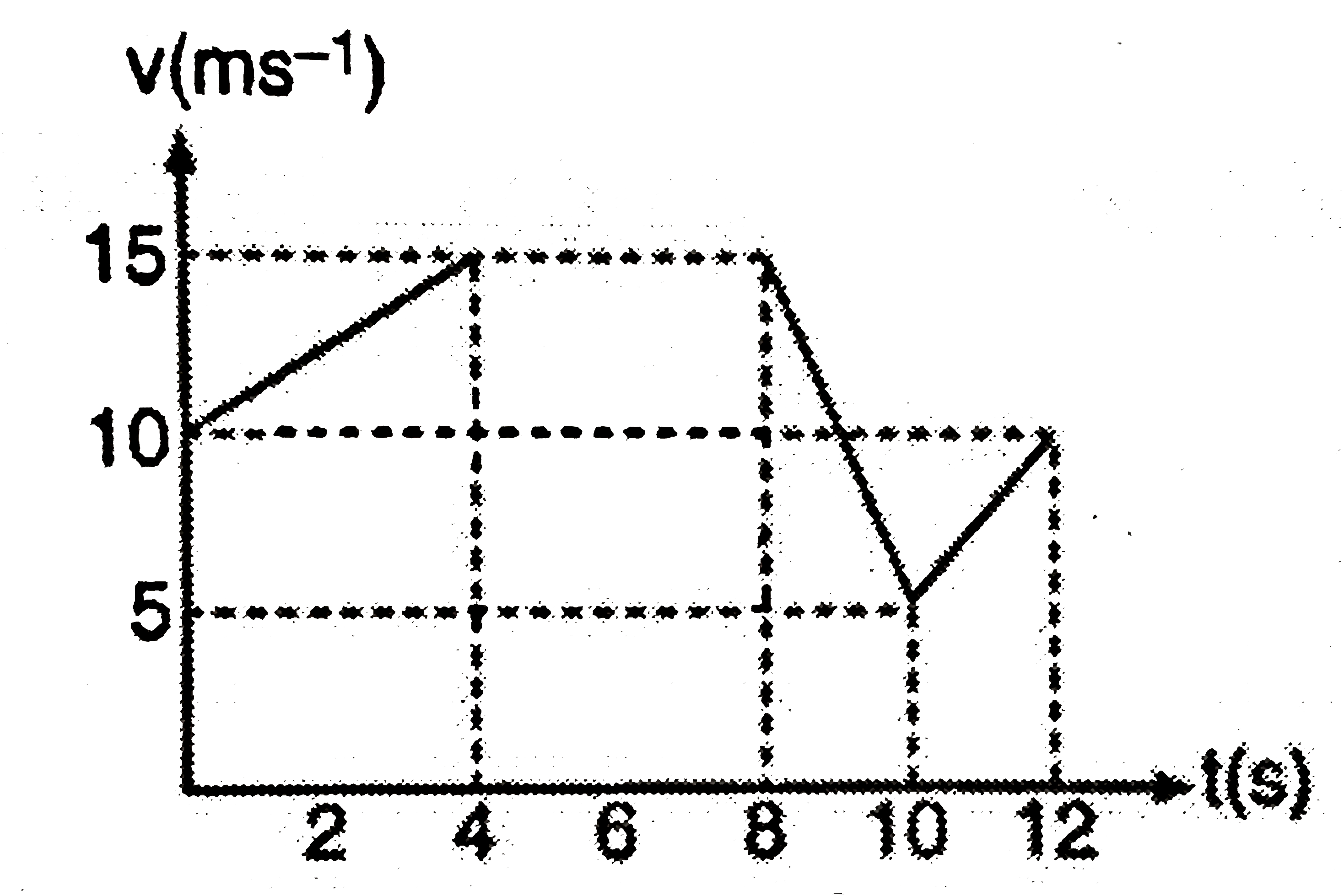 AzeroB5ms−2C−5ms2D−2ms−2
AzeroB5ms−2C−5ms2D−2ms−2
Velocity time graph for a particle moving in a line is given.
Calculate the displacement of the particle and distance travelled in first 4 seconds.
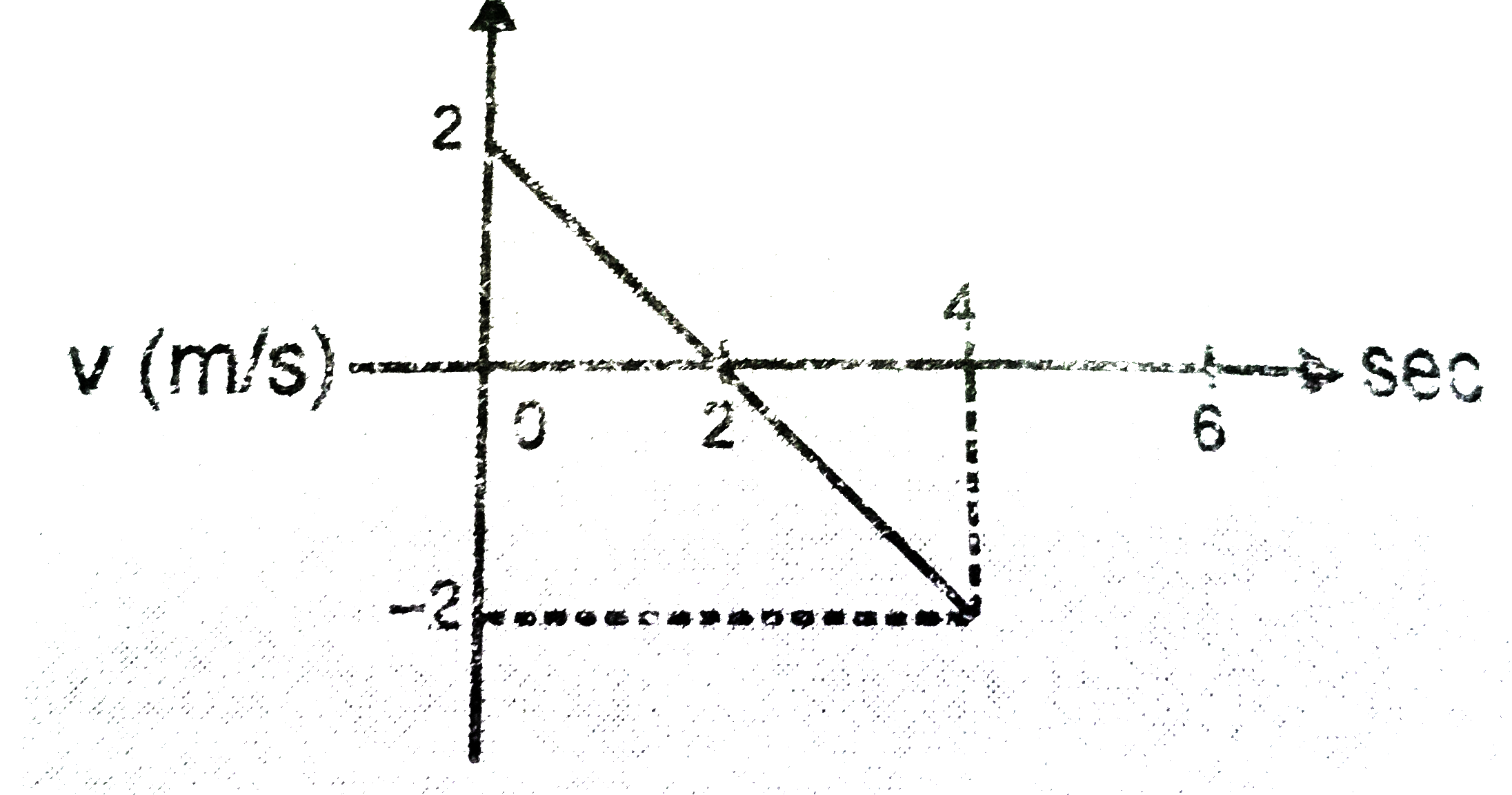
View SolutionDraw displacement time and acceleration -time graph for the given velocity-time graph
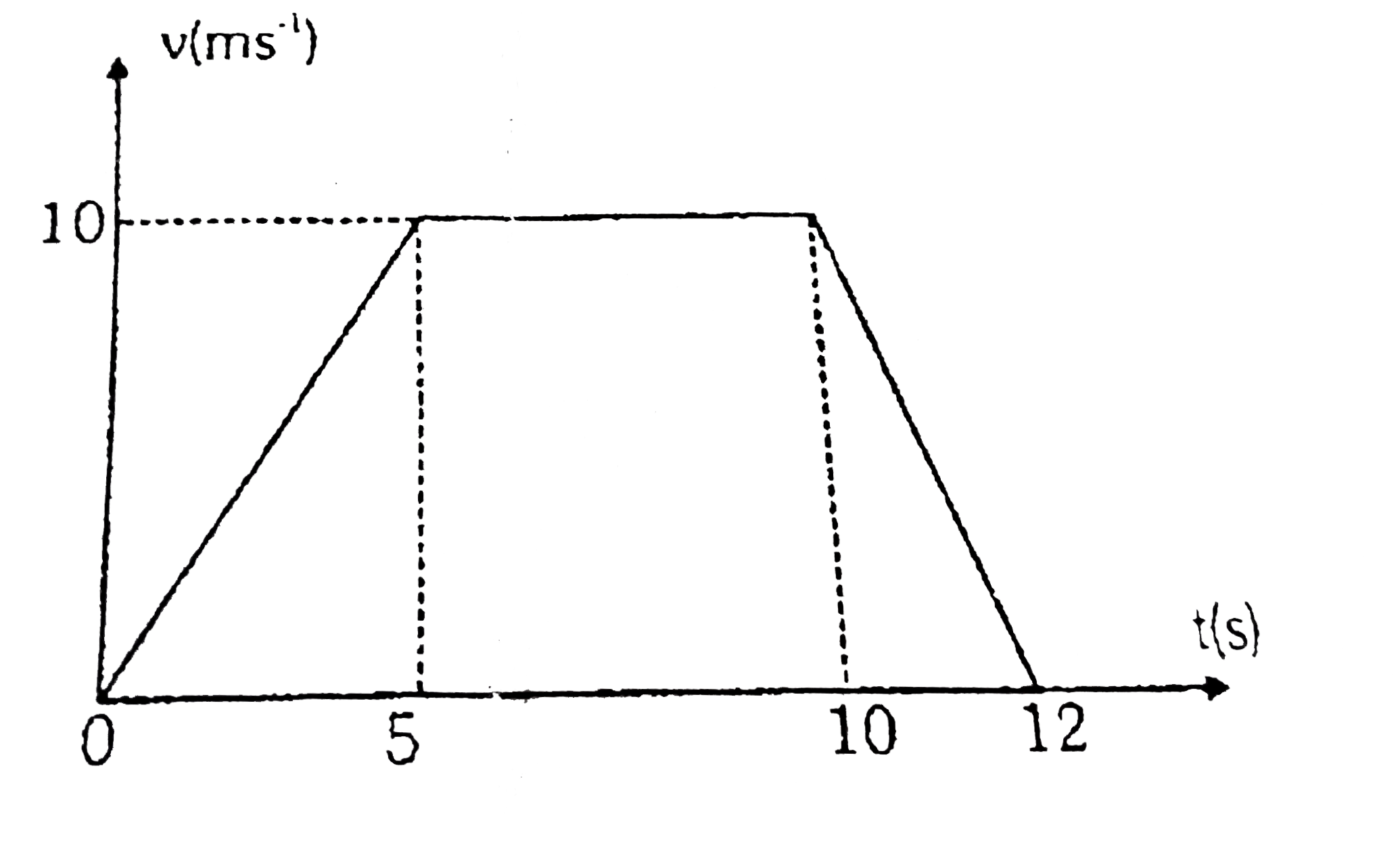
View SolutionDraw displacement time and acceleration -time graph for the given velocity-time graph

View SolutionThe velocity time graph for a particle is shown in figure. Draw acceleration time graph from it.
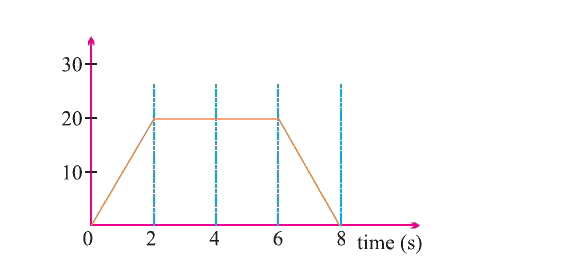
View SolutionThe velocity time relation of a particle is given by v =(3t2−2t−1)m/s Calculate the position and acceleration of the particle when velocity of the particle is zero . Given the initial position of the particle is 5m .
View SolutionThe velocity time relation of a particle is given by v =(3t2−2t−1)m/s Calculate the position and acceleration of the particle when velocity of the particle is zero . Given the initial position of the particle is 5m .
View SolutionThe acceleration versus time graph of a particle is shown in. The respective v−t graph of the particle is .
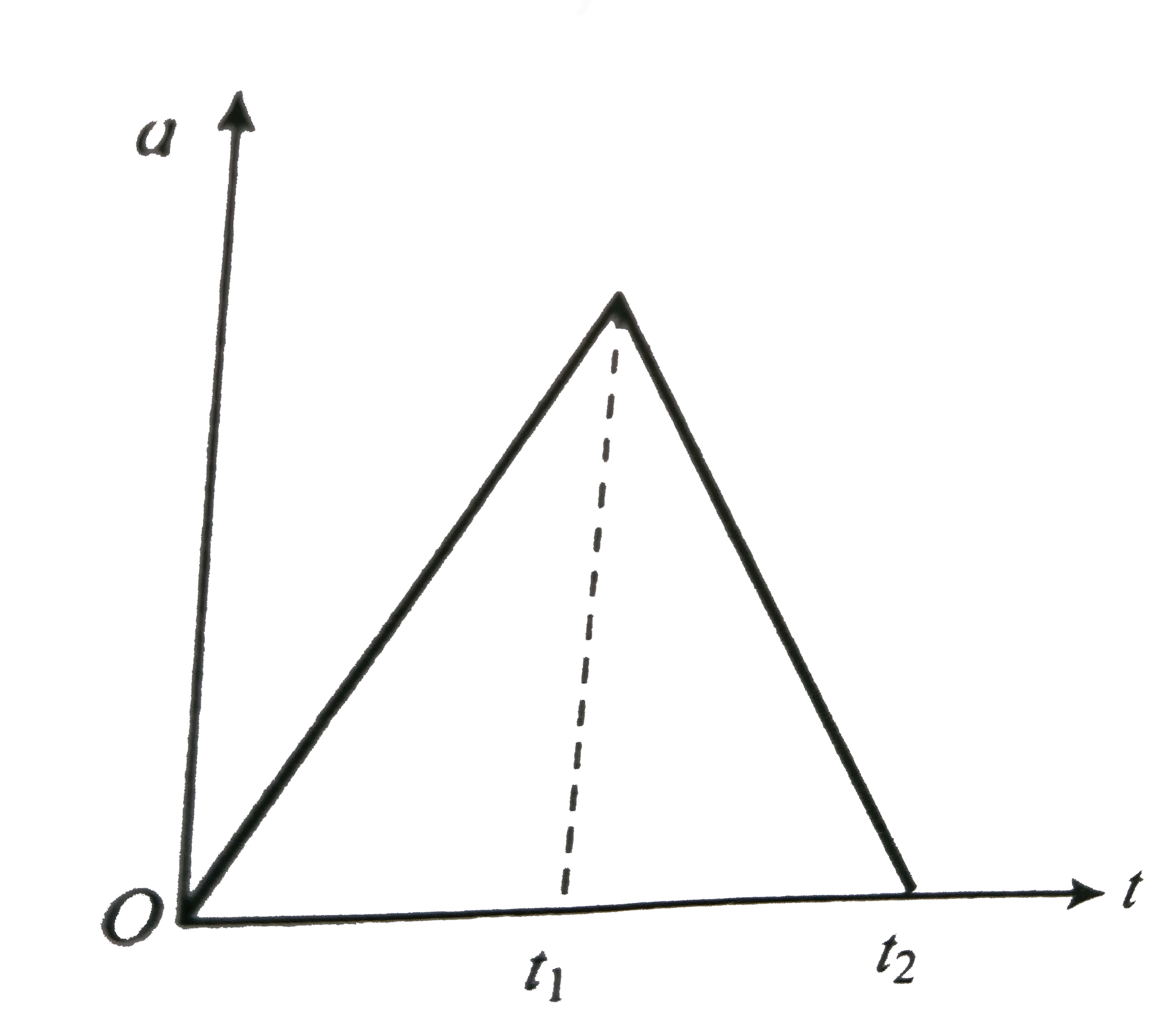 .
.
View Solution
